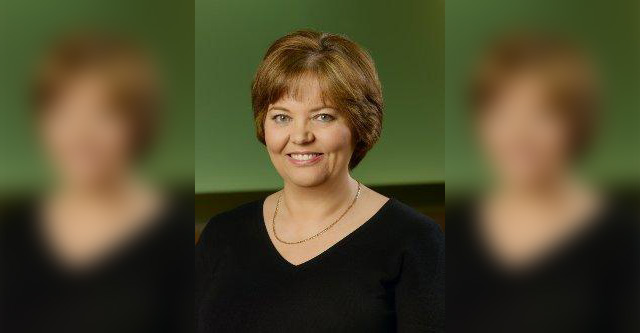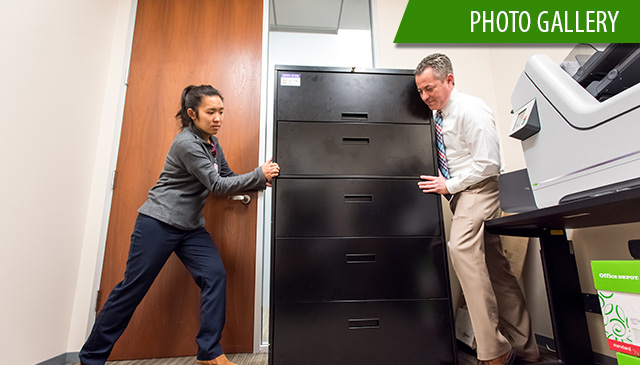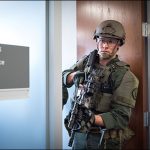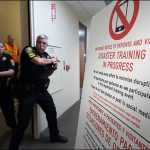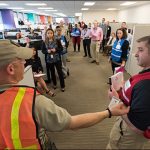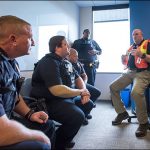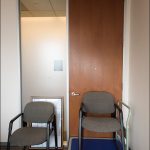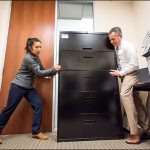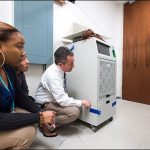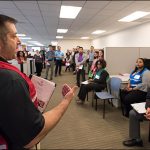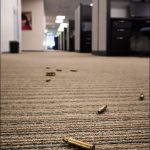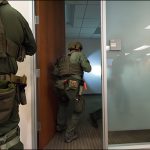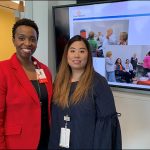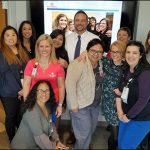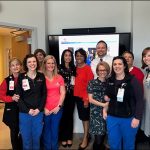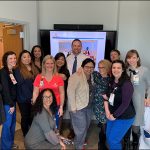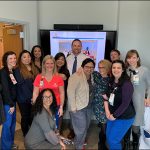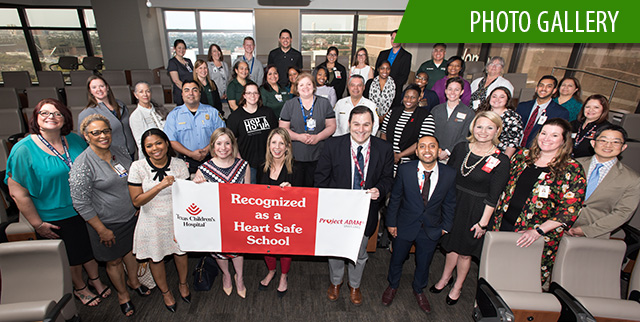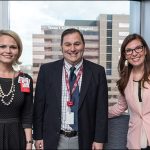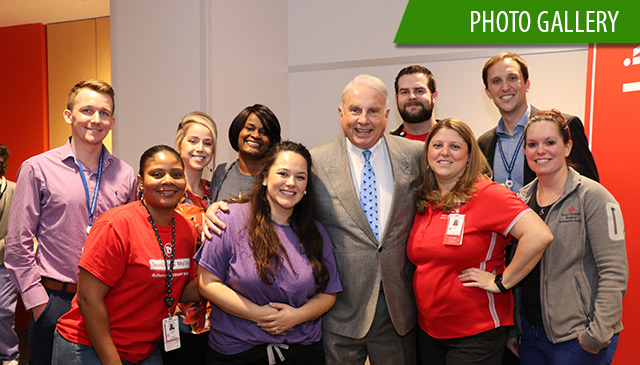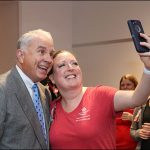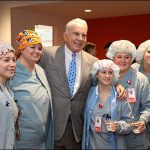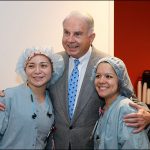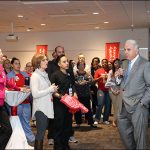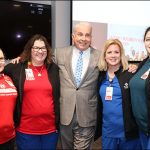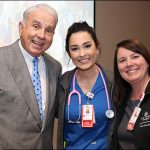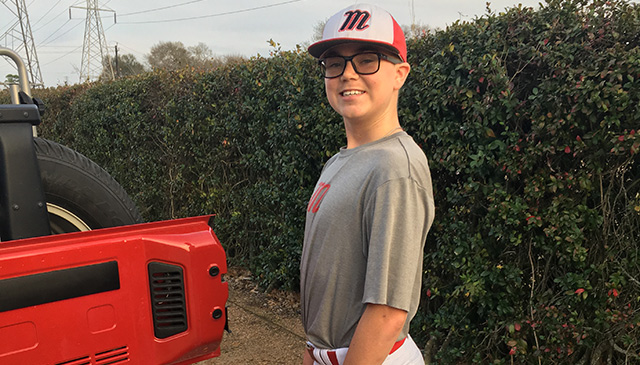
Transplant Services at Texas Children’s once again led the way as the nations’ largest pediatric transplant program, performing a remarkable 107 solid organ transplants in 2018. That figure includes the highest volume of pediatric liver, lung and kidney transplants in the United States.
For the year, we performed:
- 44 pediatric liver transplants
- 12 lung transplants
- 31 kidney transplants
- 20 heart transplants
“I want to congratulate everyone on our outstanding Transplant Services team, which continues to provide excellent care and support for our transplant patients and families,” said Texas Children’s Surgeon-in-Chief Dr. Larry Hollier. “I would also like to thank the leaders of our transplant programs – Dr. John Goss, Dr. Jeffrey Heinle, Dr. Jeff Dreyer, Dr. Tina Melicoff, Dr. Daniel Leung, Dr. Christine O’Mahony, Dr. Eileen Brewer and Dr. Ryan Himes – who go above and beyond to uphold high standards.”
Transplant Services provides a comprehensive, multidisciplinary approach to care through all aspects of the transplant process, from initial referral to hospitalization and outpatient management. Our team of experts includes physicians and surgical advanced practice providers, transplant coordinators, pediatric ventricular assist device coordinators, perfusionists, child life specialists, dieticians, social workers, financial counselors, pharmacists, inpatient and outpatient nursing and support staff, Perioperative Services, physical and occupational therapists, Radiology, Pathology, our LifeGift partners, and many others.
Our depth of skill and service enables us to offer world-class care for patients, from newborns to young adults, in need of heart, kidney, liver and lung transplants. That expertise has allowed us to successfully treat some cases that other national and international programs might consider untreatable.
“This is another tremendous milestone for our program,” said Dr. John Goss, medical director of Transplant Services. “I couldn’t be prouder of our team for their commitment toward achieving positive outcomes and for the dedication they show our patients every day.”
One of those patients is Jameson Finney.
For the first 12 years of his life, Jameson was an active little boy that always moved at 100 miles an hour, his parents said. There was never the slightest indication that he might have a heart condition. On Christmas Day 2017, while opening presents with his family, Jameson suddenly became ill. Two days later, he was admitted to Texas Children’s heart failure intensive care unit and diagnosed with dilated cardiomyopathy, a condition in which the heart muscle – typically starting in the left ventricle – begins to stretch and become thin. The dilation makes the muscle unable to contract properly, which weakens the heart and can lead to heart failure.
Jameson was experiencing severe heart failure and needed life-saving surgery as soon as possible. Texas Children’s congenital heart surgeon Dr. Iki Adachi implanted a ventricular assist device on December 31, which improved Jameson’s condition so much that we was able to go home after less than a month. But his journey wasn’t over. Jameson’s best chance at survival now was a heart transplant, and he was placed on the list on March 30, 2018 – Good Friday. Less than two months later, Jameson received the miraculous gift of a new heart. Adachi, who also performed the transplant, said Jameson has been doing very well since his surgery.
Jameson’s story is just one example of the amazing work done by Transplant Services in 2018. But none of the work we do would be possible without the selfless decisions that our donor families make during the most difficult time of their lives.
“Our donor families are heroes, said Goss. “They truly give our patients a second chance at life.”
Learn more about Transplant Services at Texas Children’s.


